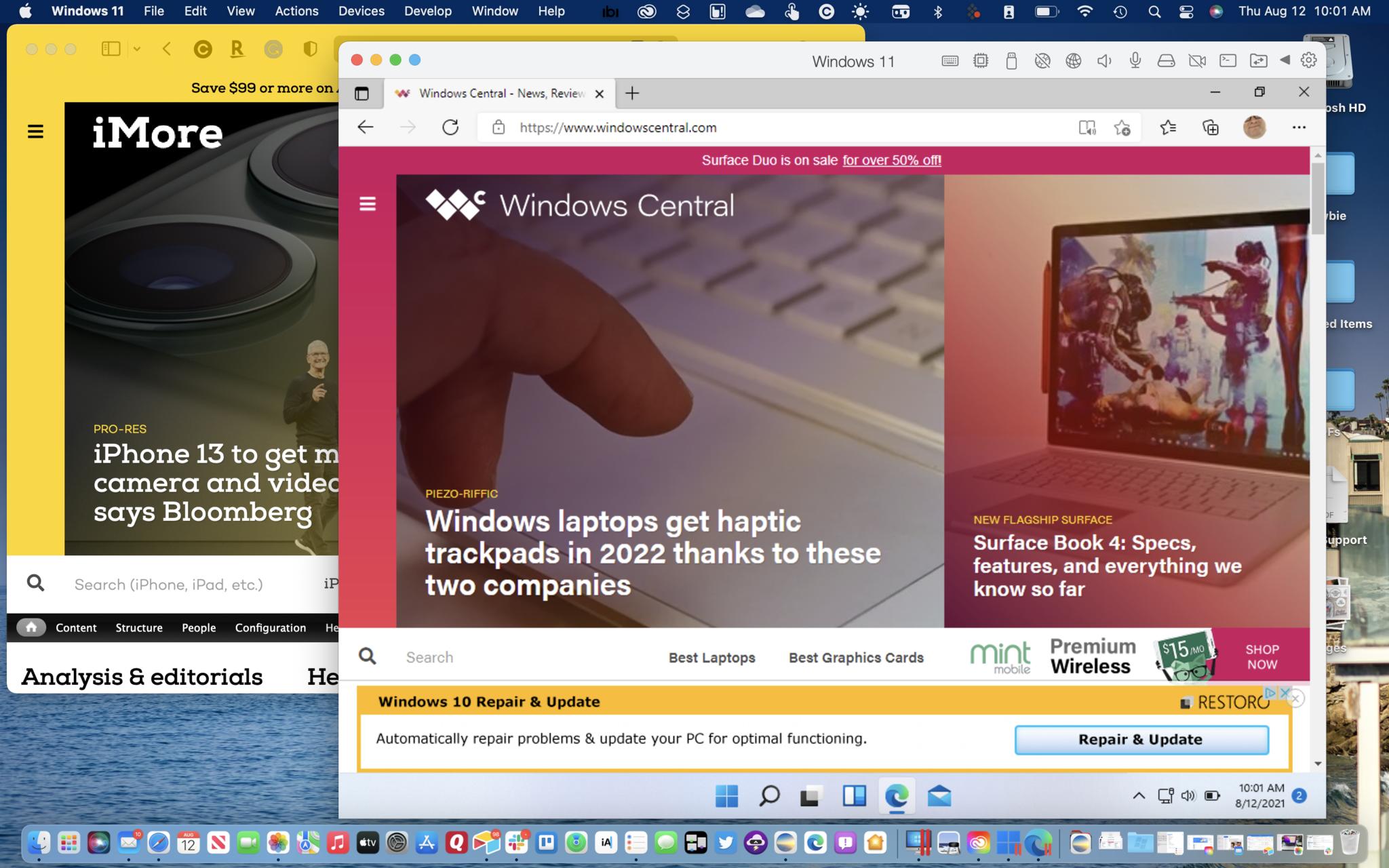

I appreciate that Wickman says the “Discuss” phase can't go on forever.

His high-level process is very similar to PDSA and Kaizen, as this table that I put together shows: “Nobody has ever died from being open about issues.” Wickman says that effective organizations “don't let linger for weeks, months, and years at a time.” We have to expose them and not “hope they go away on their own.” Leaders can set the tone by “openly admitting mistakes and issues” and “then working together to solve them.” Amen. Wickman points out that being open and honest starts with leadership… that trust and emotional safety have to be there first. As Toyota says, “ No problems is a problem.” What's a problem is not working on those issues, I'd say. Wickman also says, “it's normal to have issues,” which is certainly true in healthcare. Wickman says we need an “open and honest” environment, which reminds of Toyota and the way people are encouraged to speak up and point out problems. “By solving issues now, you'll save time exponentially across departments by eliminating all future symptomatic issues.” I wish more people would test that hypothesis. Taking time to fix things is a good use of time. director realized in the first two days of our Kaizen coaching that putting time into Kaizen, working with staff, was going to quickly become a net time saver because things could get fixed instead of “10 different people all complaining to me about something.” I see so many hospitals say they “don't have time for Kaizen,” yet they somehow have time to fight the same fires each and every day. I'll go back and read the rest of the book at some point.Įarly in the book, on page 6, Wickman says that stopping to take the time to solve issues, saves you 2x to 10x the time. Fair point and that sounds like good advice.īut, I wanted to see first what his approach to “Issues” was. Wickman says that these are sequential… that you can't or shouldn't work on Issues if you don't first have Vision, People, and Data set up. Traction (execution, focus, accountability, and discipline).Process (a consistent and clear way of doing business).Data (handful of key metrics to manage the business).People (great people the right people in the right seats).Vision (a compelling one that people are aligned to).The author, Gino Wickman, says a company needs an “Entrepreneurial Operating System” that consists of key components: I read the intro and jumped right to Chapter 6 on “The Issues Component.” There's a lot that's very similar to Kaizen and Lean… but a few key differences. Marisa Smith, an entrepreneur and business owner in Ann Arbor, saw the connections between my Kaizen work and a book that she uses within her company and with her clients: Traction: Get a Grip on Your Business. When I recently did a Healthcare Kaizen workshop near Detroit, I invited an old friend of mine to attend as a guest.


 0 kommentar(er)
0 kommentar(er)
